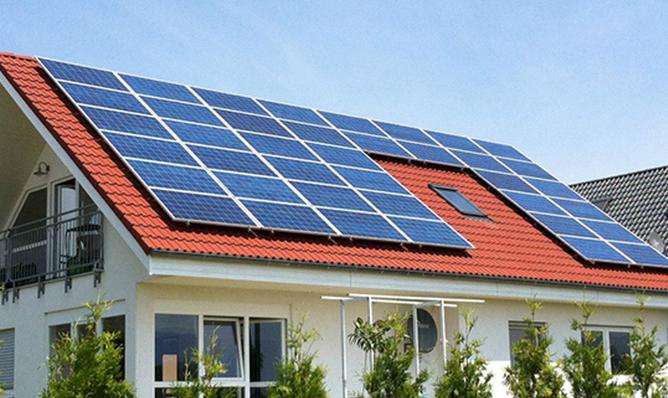According to the American magazine "New Scientist", in order to vigorously develop renewable energy, Japan plans to build the world's largest offshore wind power generation in July with a total of 143 wind turbines 16 kilometers away. from the city of Fukushima. this year, freeing us from our dependence on nuclear energy.
The first phase of the Japanese wind farm project will complete the laying of submarine cables and the installation of substations and a 2 MW turbine. If all goes well, the installation of the next batch of turbines will also be completed. be achieved. To reduce the installation cost of the turbine, the project will attach the steel structure to the continental shelf using mooring cables and heavy stones at a depth of 200 meters off the coast of Japan, and then attach the turbine to the seabed. Once the farm starts operating at full power, the electricity it produces willwill be connected to the grid where the Fukushima nuclear power plant is located via transmission lines.
The project's project manager, Takeshi Ishihara of the University of Tokyo, insists the area's seismic risk will not pose problems for the turbines' operation, saying his team has conducted computer simulation experiments to prove that turbine installations are not. only resist extreme events like earthquakes or tsunamis, but also stay safe in the face of extreme weather conditions like typhoons. Takeishihara said: "The possibility of coping with various extreme situations was taken into account when designing the project."
What size power cable does the 750 wind turbine have? does it need to be equipped?
< p>It's up to you. The defined degree of unrolling is generally 1080 degrees as the limit degree. The length of the wire dependsusually the thickness of the coiled cable, which requires exactly three turns or a little more. If it's too long, it won't make any sense. Twisting the cable length is generally used as a final safety measure, and there must also be a design to calculate the unwiring angle.0.25 square millimeter copper core cable. According to the laws of electrical transmission and distribution and the parameter theory of cable and wire manual, the design calculation shows that the safe carrying capacity of each square millimeter of copper core cable is 6 amps, and that current consumption per kilowatt hour is 2 amps. , and consumption of 0.75 kilowatts. The electric current is 1.5 amps, so using 0.25 square millimeters of copper wire can meet the power of 0.75 kilowatts.














